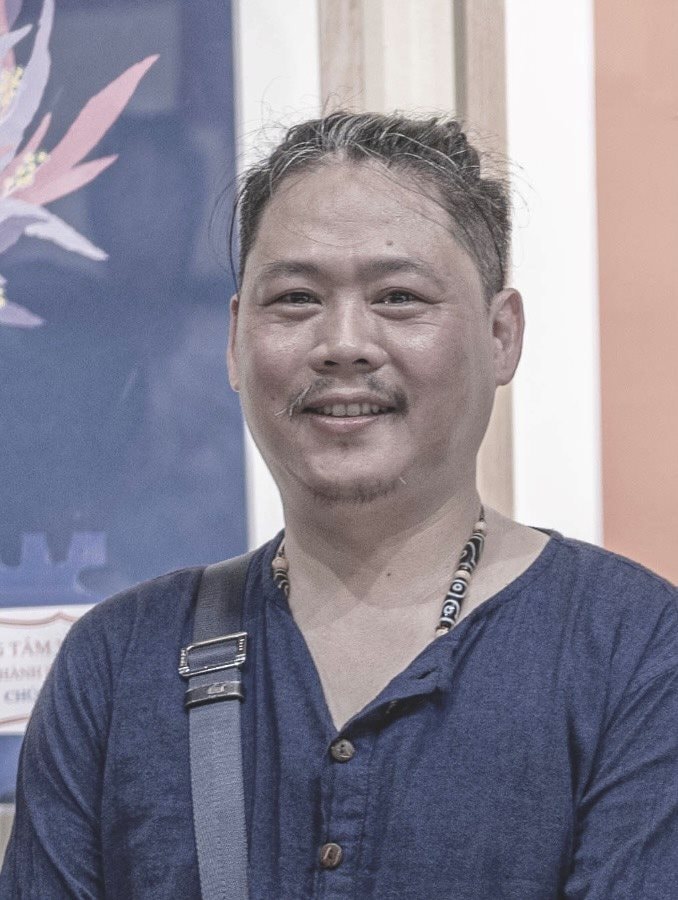
Cu Da, where artist Nguyen Quoc Thang, his wife, artist Nguyen Binh Nhi, and their son live, is also a place that inspires many creative works. It is a famous ancient village in Hanoi, about 400 years old. Here, there are still ancient houses with intact Vietnamese architecture in the Northern Delta region located on the banks of the Nhue River, and it is also a traditional craft village for making vermicelli and soy sauce.
Daily life in Cu Da village has similarities with the childhood of artist Nguyen Quoc Thang. The memories are filled with peaceful colors and childhood games, from summer days of sunbathing to catch cicadas and stink bugs, bathing in the river, wandering across the ferry to catch shrimp and fish... to games with the whole group of girls such as jumping rope, playing volleyball, making lanterns from butter tubes, making masks from cardboard, and drawing their own hideous faces.
Before entering the professional art career, painter Nguyen Quoc Thang, with his unruly nature, could not stand being constrained, and often reacted strongly when he felt he was being forced into a mold. When preparing for exams, his teacher soon noticed these weaknesses, so he enrolled in the Traditional Graphics Department, Vietnam University of Fine Arts. Traditional graphics, according to painter Nguyen Quoc Thang, has a different training method than painting. This industry requires painters to train themselves in style, standards in blocks, strokes, composition, with rhythm, and color transitions.
More than 50 works were displayed in the exhibition “About” - the second solo exhibition of artist Nguyen Quoc Thang that just took place, painted on the same material: old newspaper pigments. The 50 works blend together with the rhythm of images of roofs, landscapes, folk games, and ancient festivals in the village on the outskirts of the city. “Although he prefers to use strong colors such as pink, lemon yellow, orange yellow, green, blue, flag red..., painter Nguyen Quoc Thang knows how to emphasize and release the right position for each composition of each painting, using white like floating clouds, both real and unreal, to adjust the balance. The peaceful landscapes hidden in the ancient village appear as if nothingness under the light of the attractive red and burning yellow colors, bringing people closer to children. Finding freedom in his own image and style to create freedom and romance, knowing how to choose the beauty of the distant past while still being near. That is also the way for him to skillfully praise the beauty of the festival that was formed in the folk consciousness, borrowing nostalgia to express his own in the world of boats that is not secret and sacred”. Associate Professor, Dr. Tran Thi Bien shared.
The pigment on old newspapers is the material that the artist has been attached to for 10 years. “As everyone knows more or less about the pigment material, a rustic material but very emotional for me…”. Painter Nguyen Quoc Thang shared. “That material allows me to express, reveal my emotions, ideas in a very short period of time. With pigment, on old newspapers or do paper, there are different strengths, however, do paper cannot show the fluffiness like newspaper… In the technique of painting pigment, I am only a descendant of the predecessors, I do not dare to say much about the technique, but I would like to share a little, that is, when painting with pigment material, you should create humidity, the painting time is fast, besides, the pigment material today is very good”.
Daily newspapers have a short life cycle, when the information in them is only useful for one day, but through the spirit of artists, daily newspapers are preserved for a long time, creating a background for the soaring colors and lines in the love of folk culture... More than 50 paintings on display were selected by artist Nguyen Quoc Thang from nearly 400 paintings that he created over a decade, from his love for the cultural space of villages and the suburbs of Hanoi.
From the first solo exhibition “Doi Canh Cu Da” in 2020, four years later is the exhibition “Return”, with the same content that artist Nguyen Quoc Thang wants to share, when his life is attached to the temple in the Northern village scene. This exhibition “Return” is the summary of 10 years of work of artist Nguyen Quoc Thang and his love for the folk culture of the Northern Delta villages, more specifically, he took the scenery of Cu Da village, on the outskirts of Hanoi, as well as traditional festivals imbued with folk identity.
Besides the theme of culture and customs, in his paintings there is another important element which is the architecture of houses: “That architecture is very different between villages or towns. In contrast, the space of the street is a close, warm scene from the architecture of Cu Da village. In Cu Da village, there is a combination and blend of Vietnamese and French architecture, creating a very reasonable application for the villagers to live. The gables on the roof are very impressive and it is they that create inspiration and emphasis in each painting.
In the opinion of many people, when thinking about an ancient village, they think of a deep space, but a village without people, without customs and habits will have no value. But when there are people, festivals, there is vitality, spirit, flags and flowers, so those colors must be folk colors, original colors, then the space of the ancient village appears through emotional colors, it cannot be deep.
Source: https://daidoanket.vn/hoa-si-nguyen-quoc-thang-net-van-hoa-dan-gian-cua-lang-trong-pho-10292886.html


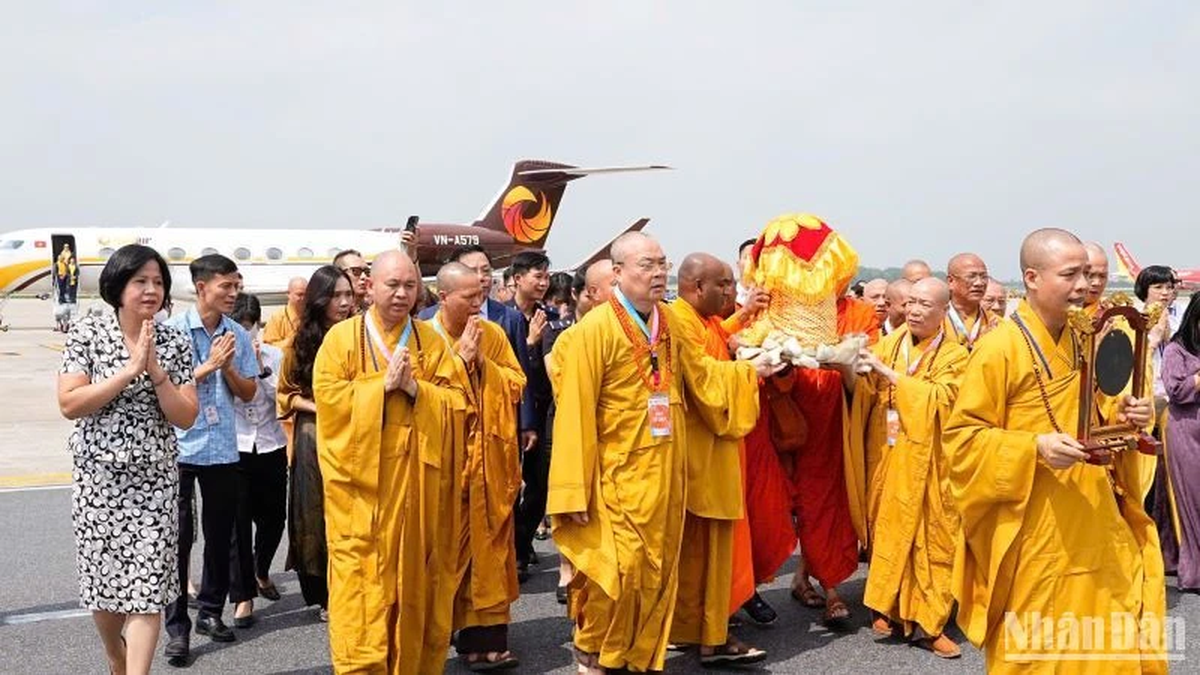
![[Photo] President Luong Cuong attends the inauguration of the international container port in Hai Phong](https://vphoto.vietnam.vn/thumb/1200x675/vietnam/resource/IMAGE/2025/5/13/9544c01a03e241fdadb6f9708e1c0b65)
![[Photo] Prime Minister Pham Minh Chinh receives Ambassador of the French Republic to Vietnam Olivier Brochet](https://vphoto.vietnam.vn/thumb/1200x675/vietnam/resource/IMAGE/2025/5/13/f5441496fa4a456abf47c8c747d2fe92)

![[Photo] Many people in Hanoi welcome Buddha's relics to Quan Su Pagoda](https://vphoto.vietnam.vn/thumb/1200x675/vietnam/resource/IMAGE/2025/5/13/3e93a7303e1d4d98b6a65e64be57e870)
![[Photo] President Luong Cuong awarded the title "Heroic City" to Hai Phong city](https://vphoto.vietnam.vn/thumb/1200x675/vietnam/resource/IMAGE/2025/5/13/d1921aa358994c0f97435a490b3d5065)
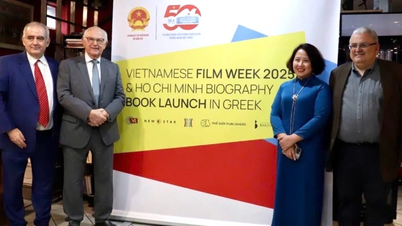
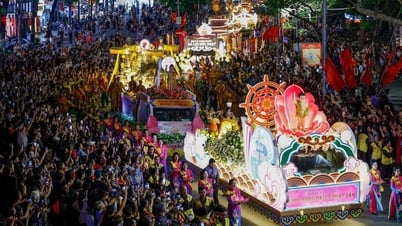
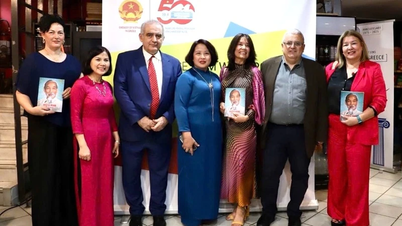
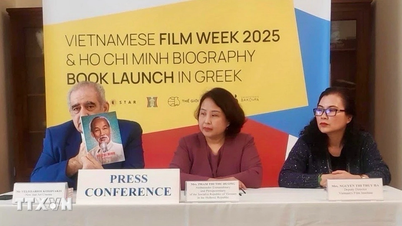
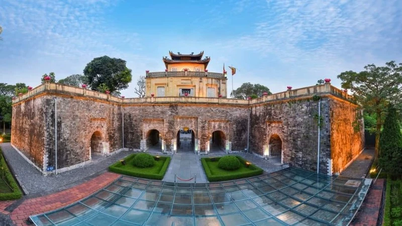
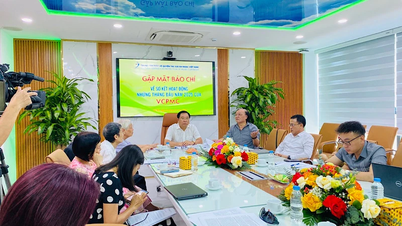






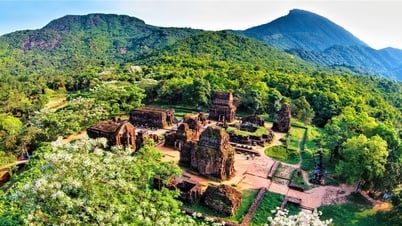











































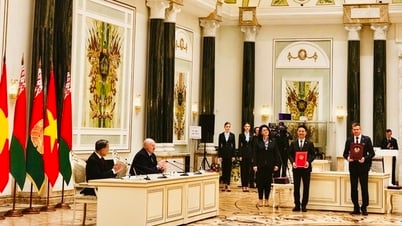










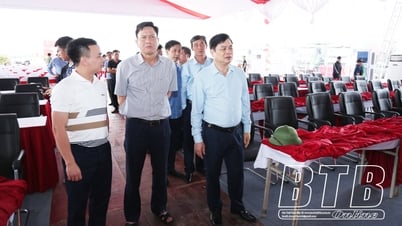

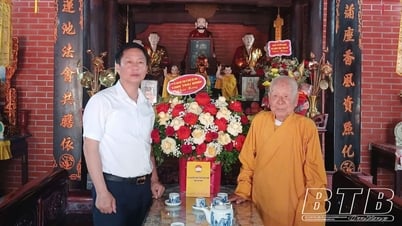















Comment (0)